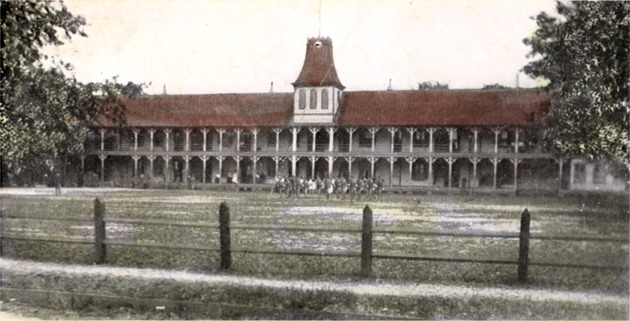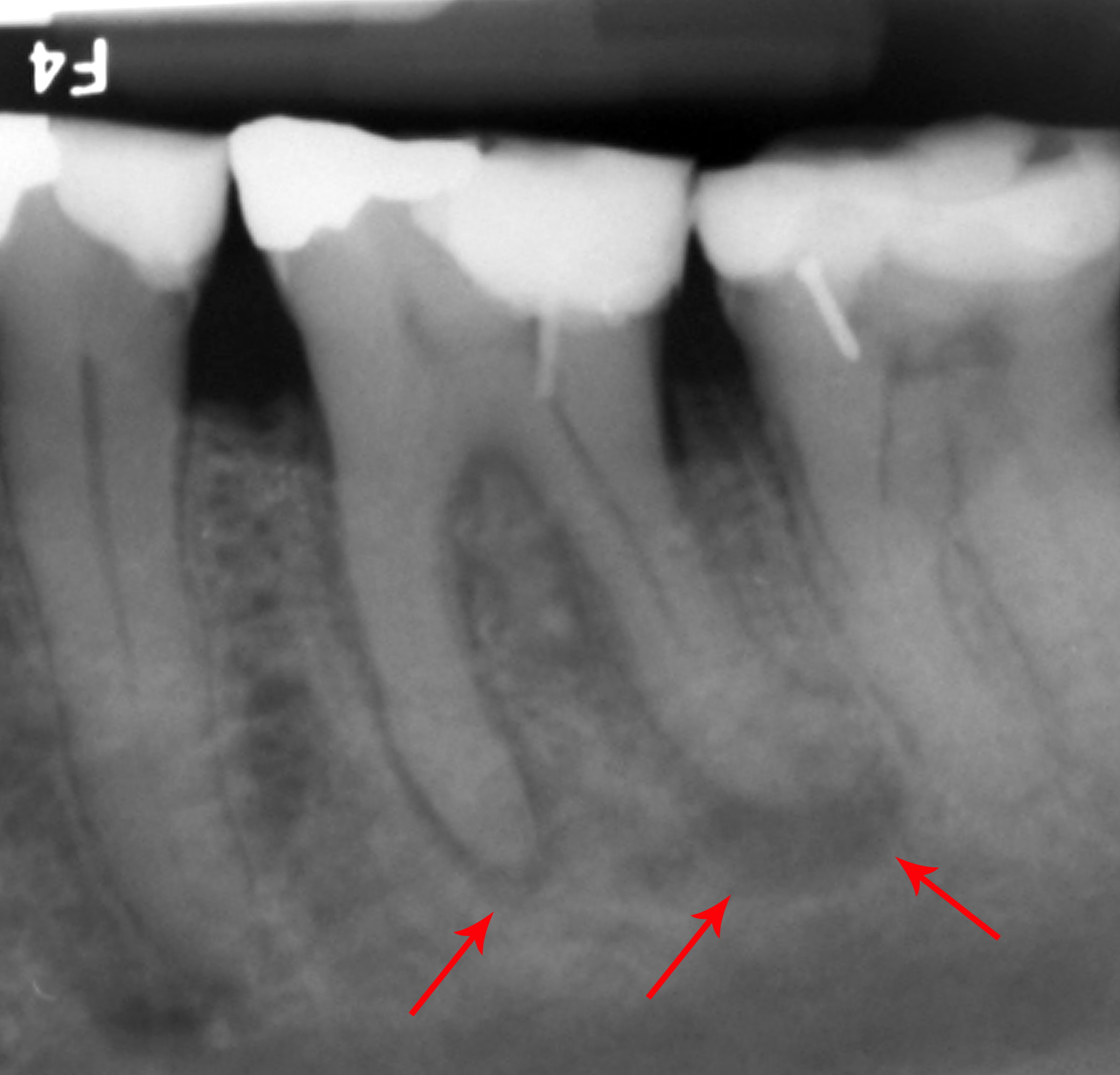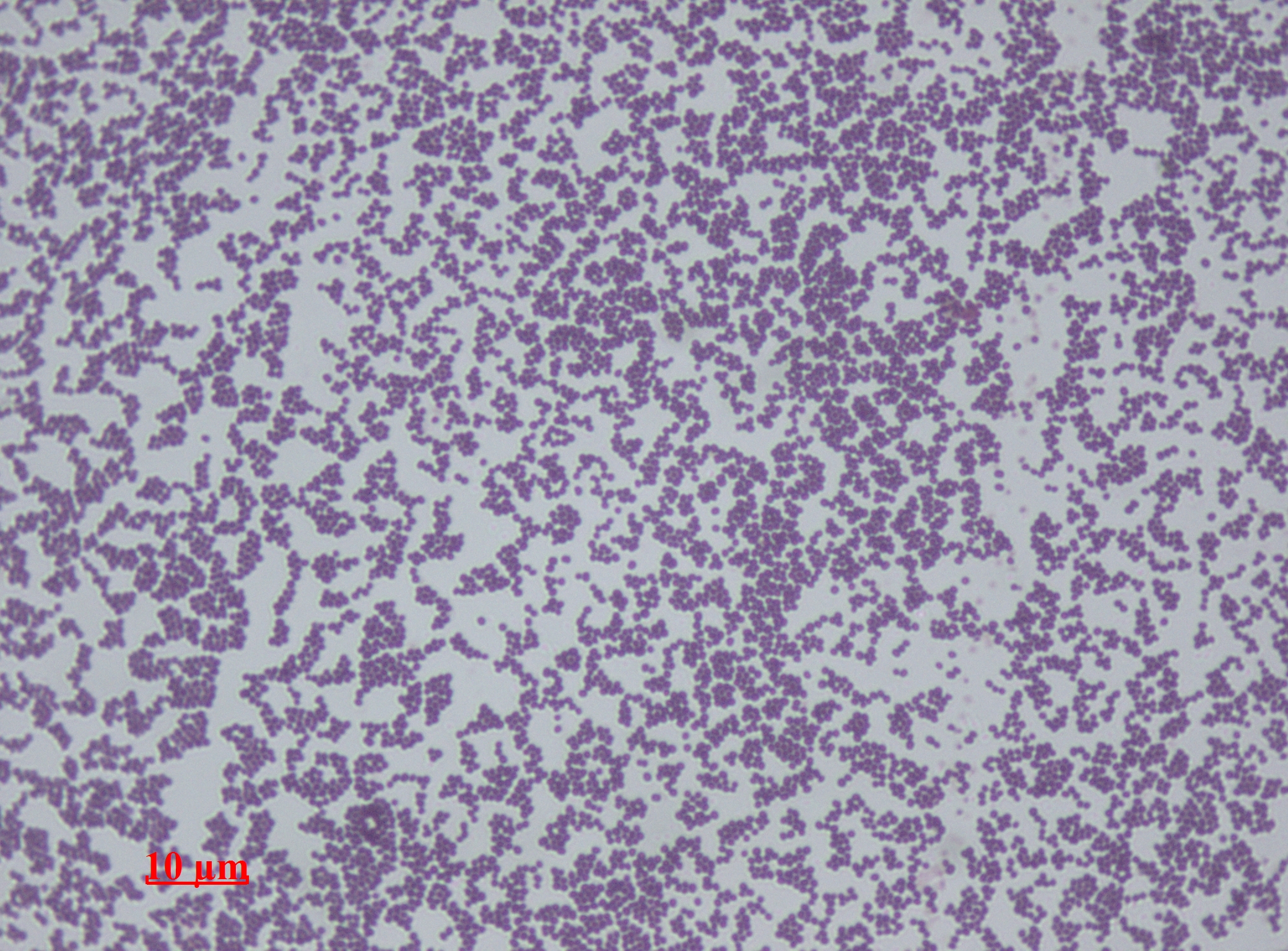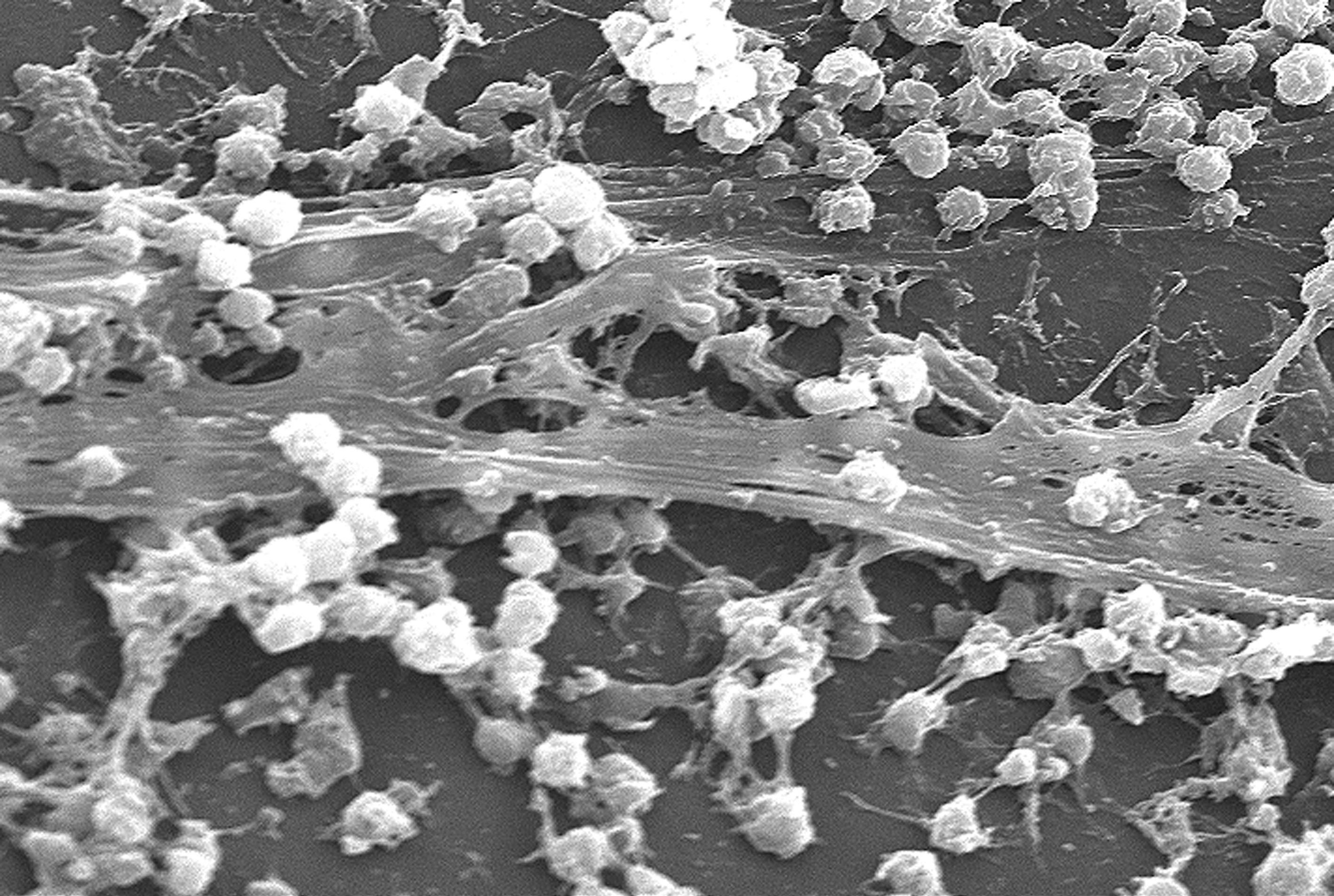|
NovaMin
Bioglass 45S5 or calcium sodium phosphosilicate, is a bioactive glass specifically composed of 45 wt% SiO2, 24.5 wt% CaO, 24.5 wt% Na2O, and 6.0 wt% P2O5. Typical applications of Bioglass 45S5 include: bone grafting biomaterials, repair of periodontal defects, cranial and maxillofacial repair, wound care, blood loss control, stimulation of vascular regeneration, and nerve repair. The name "Bioglass" was trademarked by the University of Florida as a name for the original 45S5 composition. It should therefore only be used in reference to the 45S5 composition and not as a general term for bioactive glasses. Bioglass 45S5 is available commercially under the registered trade name NovaMin, which is owned by the pharmaceutical company GlaxoSmithKline. NovaMin is bioactive glass that has been ground into a fine particulate with a median size of less than 20 μm. It can reduce dentin hypersensitivity by blocking open dentinal tubules and by supplying calcium (Ca2+) ... [...More Info...] [...Related Items...] OR: [Wikipedia] [Google] [Baidu] |
Sensodyne
Sensodyne is a brand name of toothpaste and mouthwash targeted at people with sensitive teeth. Sensodyne is owned by Haleon and is marketed under the name Shumitect in Japan. Effectiveness Sensodyne toothpastes work in different ways depending on the product's active ingredient—potassium nitrate, strontium acetate/chloride. Potassium nitrate: The potassium ion hyperpolarizes the nerve and stops it from firing. The nerve impulses are thus desensitized and there is no pain. Strontium acetate and strontium chloride: These compounds share a similar chemical structure to calcium. Strontium based toothpastes (acetate and chloride) are therefore able to replace some of the lost calcium and block the exposed tubules in the dentinal tissue. This helps prevent the movement of the fluid within the tubules in response to a sensitivity stimulus that could otherwise cause tooth pain. Some Sensodyne products contain calcium sodium phosphosilicate CSPS (Novamin), which appears to help wit ... [...More Info...] [...Related Items...] OR: [Wikipedia] [Google] [Baidu] |
Bioactive Glass
Bioactive glasses are a group of surface reactive glass-ceramic biomaterials and include the original bioactive glass, Bioglass. The biocompatibility and bioactivity of these glasses has led them to be used as implant devices in the human body to repair and replace diseased or damaged bones. Most bioactive glasses are silicate-based glasses that are degradable in body fluids and can act as a vehicle for delivering ions beneficial for healing. Bioactive glass is differentiated from other synthetic bone grafting biomaterials (e.g., hydroxyapatite, biphasic calcium phosphate, calcium sulfate), in that it is the only one with anti-infective and angiogenic properties. History Discovery and development Larry Hench and colleagues at the University of Florida first developed these materials in 1969 and they have been further developed by his research team at the Imperial College London and other researchers worldwide. Hench began development by submitting a proposal hypothesis to ... [...More Info...] [...Related Items...] OR: [Wikipedia] [Google] [Baidu] |
University Of Florida
The University of Florida (Florida or UF) is a public university, public land-grant university, land-grant research university in Gainesville, Florida, United States. It is a senior member of the State University System of Florida and a preeminent university in the state. The university traces its origins to 1853 and has operated continuously on its Gainesville campus since September 1906. After the Florida state legislature's creation of performance standards in 2013, the Florida Board of Governors designated the University of Florida as a "preeminent university". The University of Florida is one of three members of the Association of American Universities in Florida and is Carnegie Classification of Institutions of Higher Education, classified among "R1: Doctoral Universities – Very high research spending and doctorate production". The university is Higher education accreditation in the United States, accredited by the Southern Association of Colleges and Schools (SACS). ... [...More Info...] [...Related Items...] OR: [Wikipedia] [Google] [Baidu] |
Tooth Extraction
A dental extraction (also referred to as tooth extraction, exodontia, exodontics, or informally, tooth pulling) is the removal of teeth from the dental alveolus (socket) in the alveolar bone. Extractions are performed for a wide variety of reasons, but most commonly to remove teeth which have become unrestorable through tooth decay, periodontal disease, or dental trauma, especially when they are associated with toothache. Sometimes impacted wisdom teeth (wisdom teeth that are stuck and unable to grow normally into the mouth) cause recurrent infections of the gum ( pericoronitis), and may be removed when other conservative treatments have failed (cleaning, antibiotics and operculectomy). In orthodontics, if the teeth are crowded, healthy teeth may be extracted (often bicuspids) to create space so the rest of the teeth can be straightened. Procedure Extractions could be categorized into non-surgical (simple) and surgical, depending on the type of tooth to be removed and o ... [...More Info...] [...Related Items...] OR: [Wikipedia] [Google] [Baidu] |
Biomaterial
A biomaterial is a substance that has been Biological engineering, engineered to interact with biological systems for a medical purpose – either a therapeutic (treat, augment, repair, or replace a tissue function of the body) or a Medical diagnosis, diagnostic one. The corresponding field of study, called biomaterials science or biomaterials engineering, is about fifty years old. It has experienced steady growth over its history, with many companies investing large amounts of money into the development of new products. Biomaterials science encompasses elements of medicine, biology, chemistry, tissue engineering and materials science. A biomaterial is different from a biological material, such as bone, that is produced by a biological system. However, "biomaterial" and "biological material" are often used interchangeably. Further, the word "bioterial" has been proposed as a potential alternate word for biologically-produced materials such as bone, or fungal biocomposites. Additi ... [...More Info...] [...Related Items...] OR: [Wikipedia] [Google] [Baidu] |
Escherichia Coli
''Escherichia coli'' ( )Wells, J. C. (2000) Longman Pronunciation Dictionary. Harlow ngland Pearson Education Ltd. is a gram-negative, facultative anaerobic, rod-shaped, coliform bacterium of the genus '' Escherichia'' that is commonly found in the lower intestine of warm-blooded organisms. Most ''E. coli'' strains are part of the normal microbiota of the gut, where they constitute about 0.1%, along with other facultative anaerobes. These bacteria are mostly harmless or even beneficial to humans. For example, some strains of ''E. coli'' benefit their hosts by producing vitamin K2 or by preventing the colonization of the intestine by harmful pathogenic bacteria. These mutually beneficial relationships between ''E. coli'' and humans are a type of mutualistic biological relationship—where both the humans and the ''E. coli'' are benefitting each other. ''E. coli'' is expelled into the environment within fecal matter. The bacterium grows massi ... [...More Info...] [...Related Items...] OR: [Wikipedia] [Google] [Baidu] |
Staphylococcus Epidermidis
''Staphylococcus epidermidis'' is a Gram-positive bacterium, and one of over 40 species belonging to the genus ''Staphylococcus''. It is part of the human flora, normal human microbiota, typically the skin flora, skin microbiota, and less commonly the mucosal microbiota and also found in marine sponges. It is a facultative anaerobic bacteria. Although ''S. epidermidis'' is not usually Pathogenic bacteria, pathogenic, patients with compromised immune systems are at risk of developing infection. These infections are generally Hospital-acquired infection, hospital-acquired. ''S. epidermidis'' is a particular concern for people with catheters or other surgical implants because it is known to form biofilms that grow on these devices. Being part of the normal skin microbiota, ''S. epidermidis'' is a frequent contaminant of specimens sent to the diagnostic laboratory. Some strains of ''S. epidermidis'' are highly salt tolerant and commonly found in marine environments. S.I. Paul et al ... [...More Info...] [...Related Items...] OR: [Wikipedia] [Google] [Baidu] |
Streptococcus Sanguinis
''Streptococcus sanguinis'', formerly known as ''Streptococcus sanguis'', is a Gram-positive facultative anaerobic coccus species of bacteria and a member of the Viridans Streptococcus group. ''S. sanguinis'' is a normal inhabitant of the healthy human mouth where it is particularly found in dental plaque, where it modifies the environment to make it less hospitable for other strains of Streptococcus that cause cavities, such as ''Streptococcus mutans''. Pathogenicity ''S. sanguinis'' may gain entrance to the bloodstream when opportunity presents (dental cleanings and surgeries) and colonize the heart valves, particularly the mitral and aortic valves, where it is the most common cause of subacute bacterial endocarditis. For this reason, oral surgeons often prescribe a short course of antibiotics to be taken a few days before to a few days after oral surgery. Once an infection has occurred, treatment is much more complicated and generally involves the administration of several ... [...More Info...] [...Related Items...] OR: [Wikipedia] [Google] [Baidu] |
Biofilm
A biofilm is a Syntrophy, syntrophic Microbial consortium, community of microorganisms in which cell (biology), cells cell adhesion, stick to each other and often also to a surface. These adherent cells become embedded within a slimy extracellular matrix that is composed of extracellular polymeric substances (EPSs). The cells within the biofilm produce the EPS components, which are typically a polymeric combination of extracellular polysaccharides, proteins, lipids and DNA. Because they have a three-dimensional structure and represent a community lifestyle for microorganisms, they have been metaphorically described as "cities for microbes". Biofilms may form on living (biotic) or non-living (abiotic) surfaces and can be common in natural, industrial, and hospital settings. They may constitute a microbiome or be a portion of it. The microbial cells growing in a biofilm are physiology, physiologically distinct from planktonic cells of the same organism, which, by contrast, ... [...More Info...] [...Related Items...] OR: [Wikipedia] [Google] [Baidu] |






